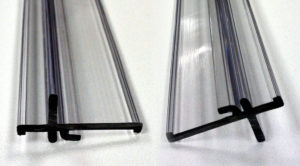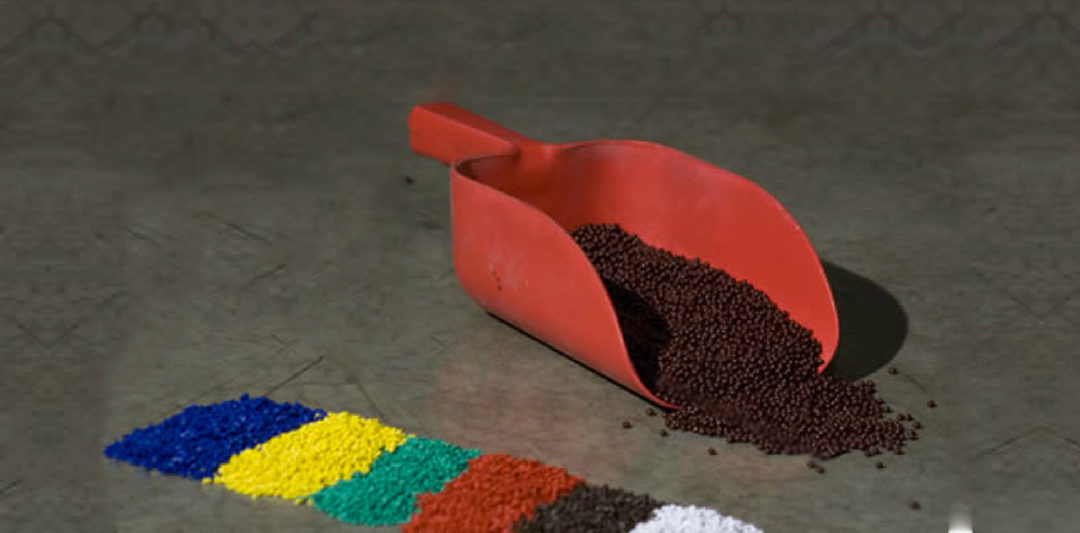 Plastic lives all around us. You may not see it or physically use it but plastic is present in our everyday lives making our world an easier and simpler place to live. To help everyone appreciate plastics role in our daily lives Plastic Extrusion Technologies would like to present the Plastic and 10 Places it Lives.
Plastic lives all around us. You may not see it or physically use it but plastic is present in our everyday lives making our world an easier and simpler place to live. To help everyone appreciate plastics role in our daily lives Plastic Extrusion Technologies would like to present the Plastic and 10 Places it Lives.
Polyethylene Terephthalate (PET or PETE)
Being the most widely recycled plastic, PET is very light yet rigid and commonly used for one time use containers where exposer to light and heat is minimal. You will see PET plastic in everyday products like: water bottles, cooking oil bottles, 2-liter soda bottles, and peanut butter jars.
High Density Polyethylene (HDPE)
HDPE is durable, UV resistant, and can withstand temperatures from -148° to 176° Fahrenheit making it ideal for beverage and food storage applications such as food storage containers, detergent bottles, milk jugs, and sandwich bags.
First introduced in the hula hoop, HDPE has many other uses and applications like swimming pools, fuel tanks for vehicles, hard hats, water pipes, and fireworks.
Polyvinyl Chloride (PVC)
PVC is constructed in both a flexible and rigid form, making it a viable option for a nearly endless list of products and applications. PVC is typically found in plastic pipes, shrink wrap, outdoor furniture, electrical cables, construction sites, road signs, clothing, flooring, and tubing and containers used in the healthcare industry.
Low Density Polyethylene (LDPE)
LDPE is flexible, microwave and dishwasher safe, and able to withstand temperatures from -148° to 176° Fahrenheit making this plastic perfect for applications such as: produce bags, disposable gloves, food storage containers, trash can liners, and dry cleaner bags.
Polypropylene (PP)
Commonly used for injection molding, PP is heat resistant making it microwave and dishwasher safe. This type of plastic is great for food and beverage storage and typically used in applications like: reusable bags, food containers, bottle caps, and drinking straws.
Additionally, PP is commonly used by large plastic companies such as Rubbermaid and Sterilite to make storage and packing boxes.
Polystyrene (PS)
The products that result from PS plastic are seen and used on a daily basis for packing, storing, and sometime senseless fun. While toxic to ingest, PS plastic is commonly used as packing pellets or Styrofoam peanuts. Other applications include: cups, meat trays, plastic tableware, and to-go containers.
Thermoset
Cooled and hardened to help retain their shape, thermoset plastics are very durable and reliable making them ideal for application like auto parts, tires, aircraft parts, fiberglass, flooring, and mattresses.
Polytetrafluoroethylene or Teflon
Developed by DuPont in 1938, Teflon is heat resistant, durable, and nearly frictionless on the surface. It was eventually implemented into products such as: plumbing tape, cookware, tubing, bearings, and waterproof films.
Acrylonitrile Butadiene Styrene (ABS)
ABS is a common thermoplastic made by polymerizing styrene, acrylonitrile, and butadiene, resulting in a tough, impact resistant thermoplastic that is amorphous and therefore has no true melting point. This plastic can be found in everyday products like musical instruments, golf clubs, automotive trim components, medical devices, protective headgear, whitewater canoes, kitchen appliances, and even kids toys.
Thermoplastics
Lastly, thermoplastics are very similar to thermoset plastics except it becomes soft when heated, making it ideal for creating fibers (acrylic and nylon), films, machine parts, medical equipment, and storage materials.
Plastic Extrusion Technology hopes you now have a better awareness of how plastics impact and influence your way of life on a daily basis with the 10 Obscure Places Plastic Live.

